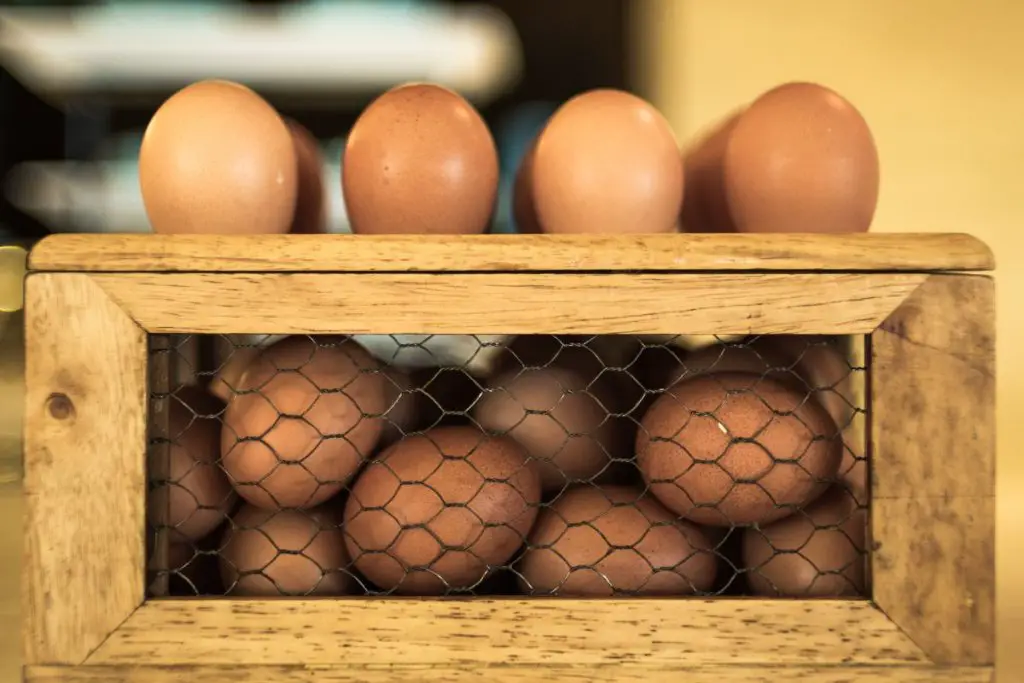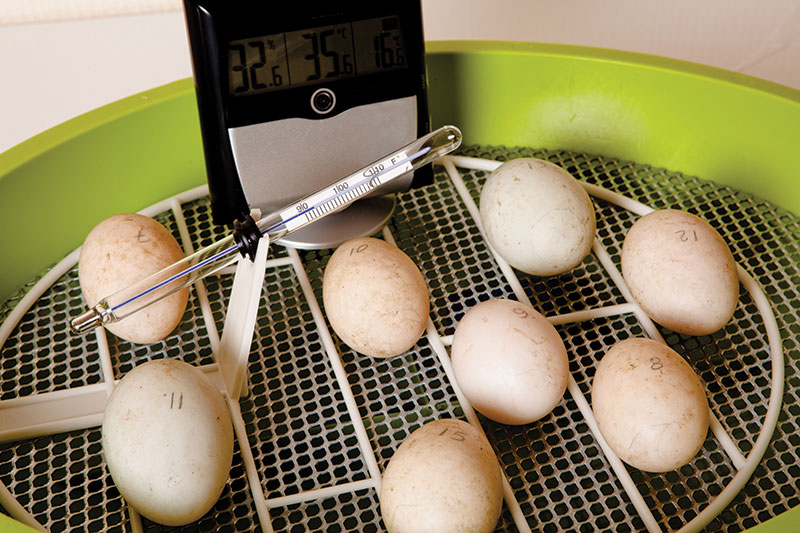In the world of poultry farming, technology has revolutionized the way we hatch chicks. Digital chicken incubators have become essential tools for both small-scale and large-scale poultry enthusiasts. This article will explore the myriad features that make these incubators indispensable. If you’re looking to enhance your hatching success, understanding the features of a digital chicken incubator is crucial. Let’s delve into the various aspects that make these devices a must-have for any chicken lover.

1. Introduction to Digital Chicken Incubators
What makes digital incubators stand out? These devices are equipped with advanced technologies that ensure optimal conditions for hatching eggs. From precise temperature control to humidity regulation, digital incubators offer a level of consistency that manual incubators simply cannot match.
2. Temperature Control
The most critical feature of any incubator is its ability to maintain a stable temperature. Digital incubators are equipped with precise temperature sensors and thermostats that allow you to set and maintain the ideal temperature for your eggs. This ensures a higher hatch rate and healthier chicks.
The Importance of Consistent Temperature
Fluctuations in temperature can be detrimental to the embryonic development of chicks. Consistent temperature is crucial, and digital incubators provide the reliability needed for successful hatching.
3. Humidity Regulation
Maintaining the right humidity level is equally important. Digital incubators often come with built-in hygrometers and automatic humidity control systems. These features help ensure that the air inside the incubator remains at the optimal moisture level, preventing issues such as ‘sticky chicks’ or shell hardness.
For more on maintaining humidity, check out this guide on humidity.
4. Automatic Egg Turning
Manual egg turning can be labor-intensive and inconsistent. Digital incubators often include automatic egg turners that ensure eggs are rotated at regular intervals, mimicking the actions of a mother hen. This feature plays a vital role in embryo development.
Why Turning Eggs is Important
Turning eggs prevents the yolk from settling and the embryo from sticking to the shell. Consistent turning supports healthy embryo development.
5. Alarms and Alerts
Digital incubators often come with alarms that notify you if the temperature or humidity levels fall outside the desired range. These alerts allow for quick adjustments and help prevent potential disasters.
6. LED Display and Controls
The user-friendly interface of digital incubators typically includes an LED display that provides real-time information about temperature, humidity, and other settings. This makes monitoring and adjusting settings straightforward.
7. Capacity and Size
Digital incubators come in a variety of sizes and capacities, catering to different needs. Whether you’re hatching a small batch of eggs or running a full-scale operation, there’s an incubator to fit your requirements.
Choosing the Right Size
Consider the number of eggs you plan to hatch at one time. Larger operations may require an incubator with a higher capacity.
8. Energy Efficiency
Modern digital incubators are designed to be energy-efficient, reducing electricity costs while maintaining optimal performance.
9. Durability and Build Quality
Look for incubators made from durable materials that can withstand the rigors of regular use. High-quality construction ensures longevity and reliability.
10. Easy Cleaning and Maintenance
Hygiene is critical in hatching operations. Digital incubators are designed for easy cleaning and maintenance, with removable trays and parts that can be sanitized.
11. Advanced Features
Some digital incubators come with additional features such as programmable settings, Wi-Fi connectivity for remote monitoring, and even smartphone apps for added convenience.
12. Cost Considerations
While digital incubators can be an investment, their features often justify the cost by improving hatch rates and reducing labor. Choose an incubator that fits your budget while meeting your feature requirements.
13. Popular Brands
There are several reputable brands in the market known for producing reliable digital incubators. Research and reviews can help you select a brand that aligns with your needs.
14. Getting Started with Your Incubator
Once you’ve chosen the right incubator, it’s time to get started. Ensure you read the manual thoroughly and set up your incubator in a suitable environment.
For a beginner’s guide to egg incubation, visit this beginner’s guide.

15. FAQ Section
What is the ideal temperature for hatching chicken eggs?
The ideal temperature for hatching chicken eggs is approximately 99.5F (37.5C).
How often should eggs be turned?
Eggs should be turned at least three to five times a day until day 18 of incubation.
What should I do if the humidity is too low?
Increase the humidity by adding water to the incubator or adjusting the humidity control settings.
For more information on storing eggs before incubation, check this storage guide.
For further insights on using incubators, you can visit this WikiHow guide.
This article contains affiliate links. We may earn a commission at no extra cost to you.











